Invented by Radoje Drmanac, Matthew Callow, Snezana Drmanac, Brian K. Hauser, George Yeung, Complete Genomics Inc
These arrays consist of tiny spots, or probes, that are arranged in a grid pattern on a solid surface. Each spot contains a specific DNA sequence that can bind to complementary sequences in a sample of genetic material. By analyzing the binding patterns, researchers can determine which genes are active or turned off in a particular sample.
One of the key drivers of the high-density DNA array market is the increasing demand for personalized medicine. With the advent of next-generation sequencing technologies, it has become possible to sequence an individual’s entire genome quickly and cost-effectively. However, interpreting the vast amount of genetic data generated by these sequencing technologies is a complex task. High-density DNA arrays provide a valuable tool for researchers to analyze and interpret this data, helping to identify genetic variations that may be associated with disease susceptibility or treatment response.
Another major factor contributing to the growth of the high-density DNA array market is the increasing adoption of genomics research in various fields, including agriculture, pharmaceuticals, and diagnostics. High-density DNA arrays enable researchers to study gene expression patterns, identify biomarkers, and understand the genetic basis of diseases. This knowledge can be used to develop new drugs, improve crop yields, and develop diagnostic tests for early disease detection.
The market for high-density DNA arrays is also benefiting from technological advancements that have made these arrays more affordable and accessible. The cost of DNA sequencing has been steadily declining, making it more feasible for researchers to generate large amounts of genetic data. In addition, improvements in array manufacturing processes have led to higher quality arrays with greater sensitivity and specificity.
However, there are still challenges that need to be addressed in the high-density DNA array market. One of the main challenges is the interpretation of the vast amount of data generated by these arrays. Analyzing and interpreting the data requires sophisticated bioinformatics tools and expertise, which may not be readily available to all researchers.
Another challenge is the need for standardization and quality control in array manufacturing. Variations in probe design, manufacturing processes, and array performance can affect the reliability and reproducibility of results. Efforts are underway to develop standards and guidelines for array manufacturing and data analysis to ensure the accuracy and reliability of high-density DNA array-based research.
In conclusion, the market for high-density DNA arrays is experiencing significant growth due to the increasing demand for personalized medicine, the adoption of genomics research in various fields, and technological advancements. However, challenges such as data interpretation and standardization need to be addressed to fully realize the potential of high-density DNA arrays in advancing genomics research and personalized medicine.
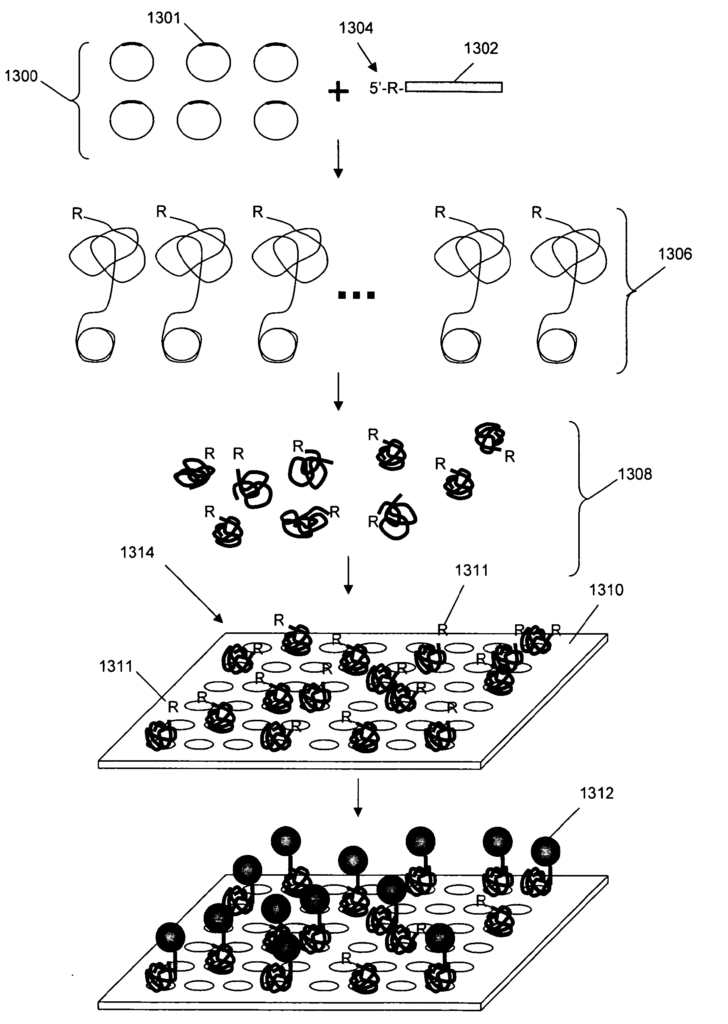
The Complete Genomics Inc invention works as follows
The high density DNA array comprises a surface with a pattern, the surface containing a pattern of small regions of DNA, separated by a surface without DNA, the surface comprising the pattern has a DNA capture chemistry, and the surface without DNA does not contain the DNA capture chemical, more than half of the DNA-binding regions of the array are single-informative DNA species.
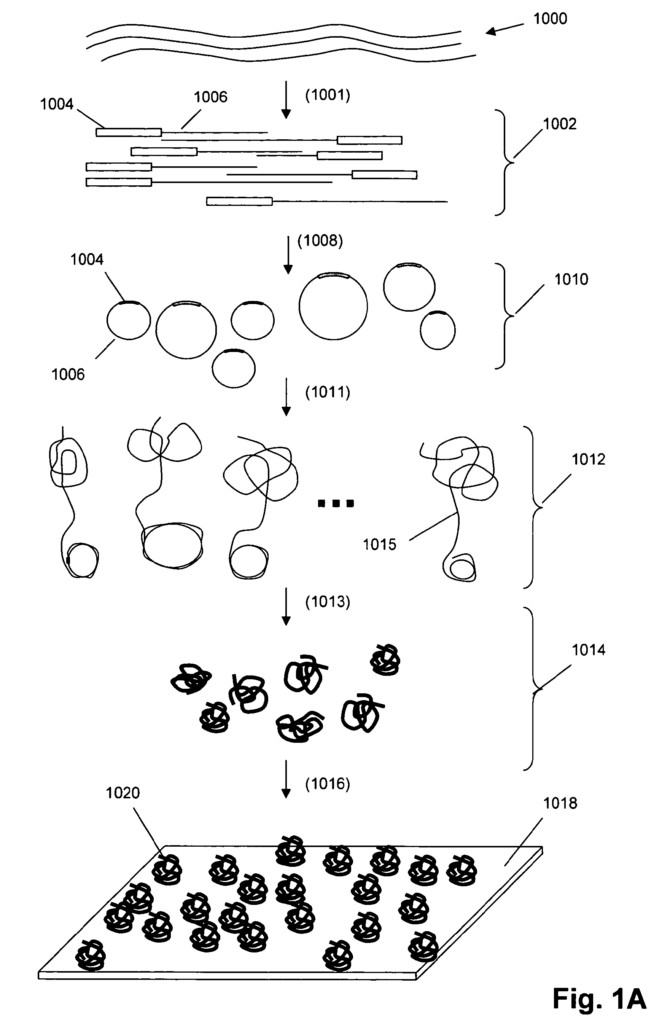
Background for High density dna array
Source Nucleic acids and Circularization Target Sequences”.
Rolling Circle Replication: A Method for Generating Polynucleotide Conscatemers
Generation Macromolecular structures Comprising Branched polymers and DNA Assemblies”.
Solid Phase Surfaces For Constructing Random Amounts
Detection Instrumentation
Sequence Analyse Random Arrays Target Sequence Concatemers
Labels and signal generation by probes directed to polynucleotides in arrays of the invention
Kits of the Invention
Large Scale Mutation Discovery By Mismatch Enzyme Cleavage”.
Circle Formation From Mismatched Cleavage Products
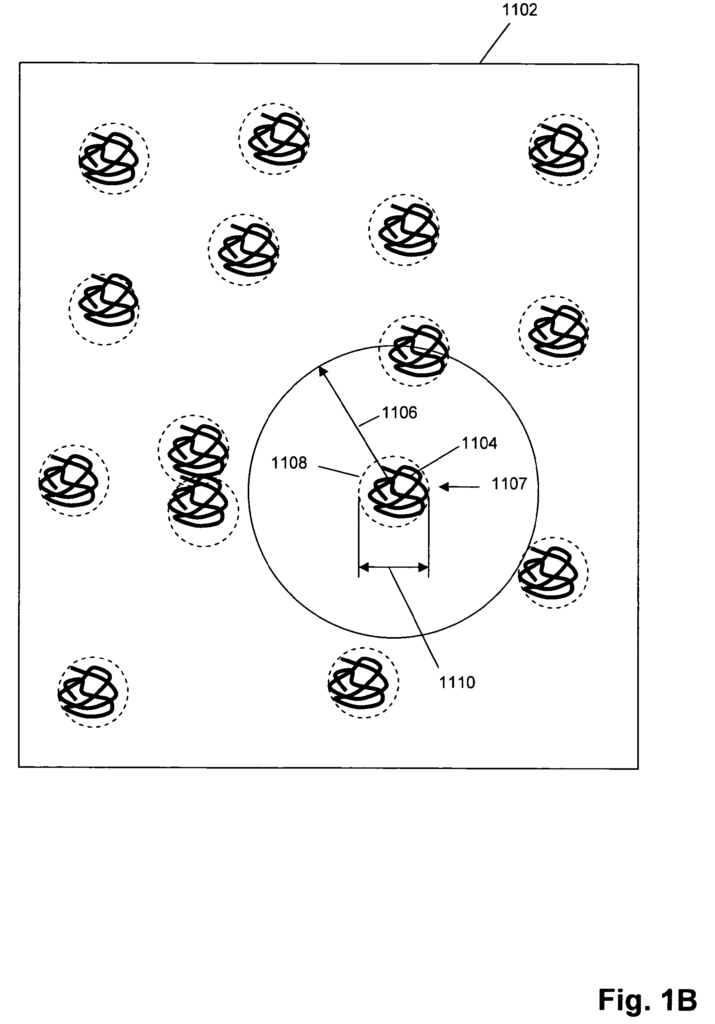
EXAMPLE 1
Glass Cover Slip as Random array Support:
Derivatization Protocol
EXAMPLE 2
Preparation and Disposition of RCR products from E. coli GenomicDNA onto a Glass Covering Slip
EXAMPLE 3
Distinguish RCR products on random arrays using fluorescently labeled probes
EXAMPLE 4
Decoding the Base Position in Arrayed concatemers Created from a Synthetic Oligonucleotide 80-Mer Containing Degenerated Base
EXAMPLE 5
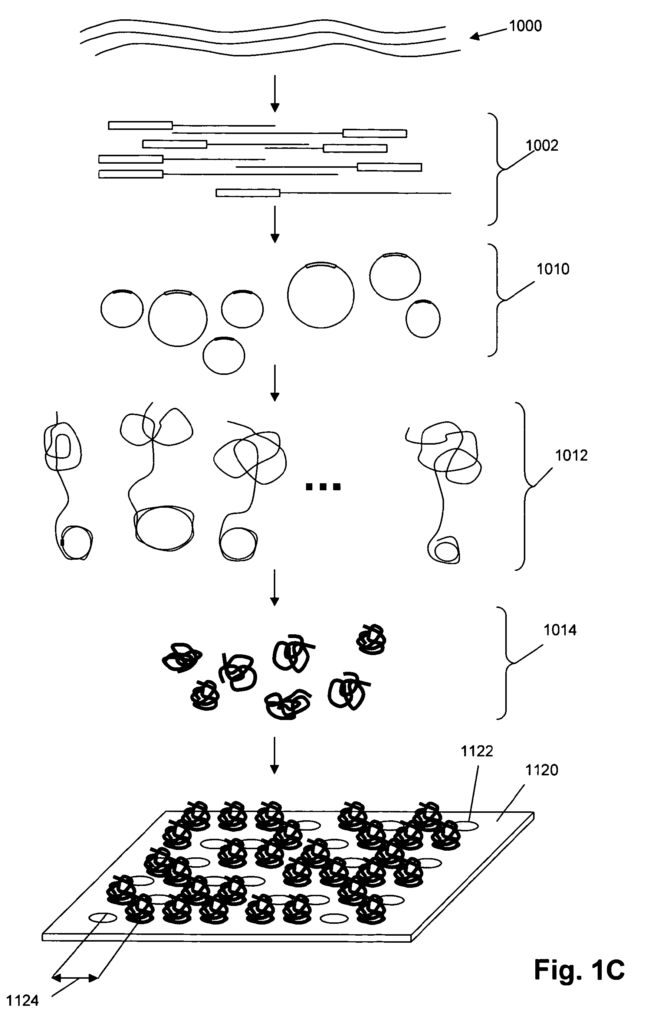
Decoding two degenerate bases at the end of a synthetic 80-mer oligonucleotide
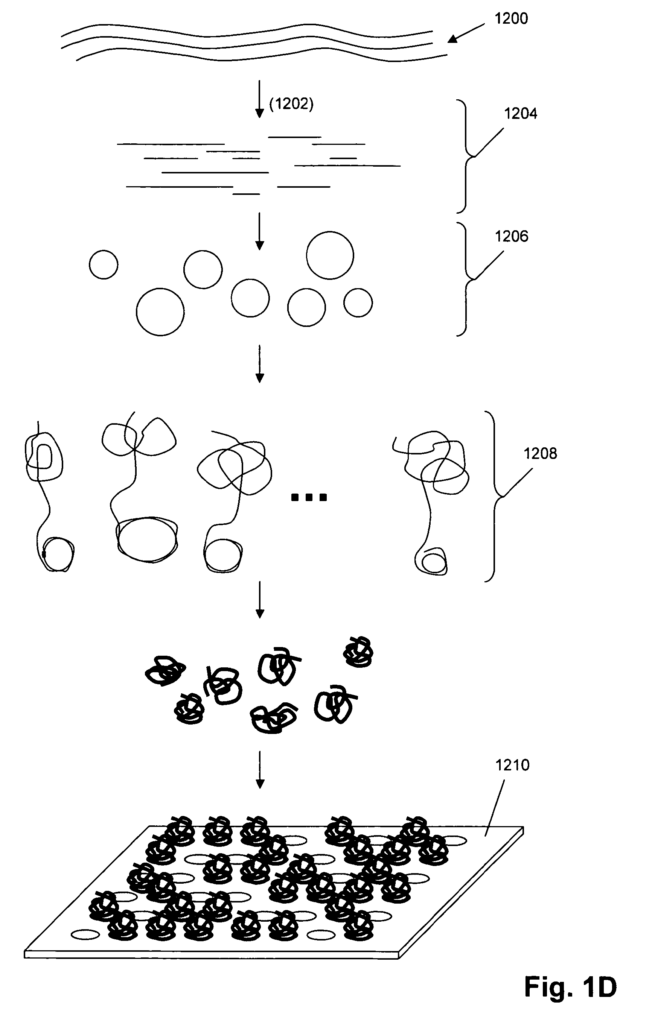
Click here to view the patent on Google Patents.
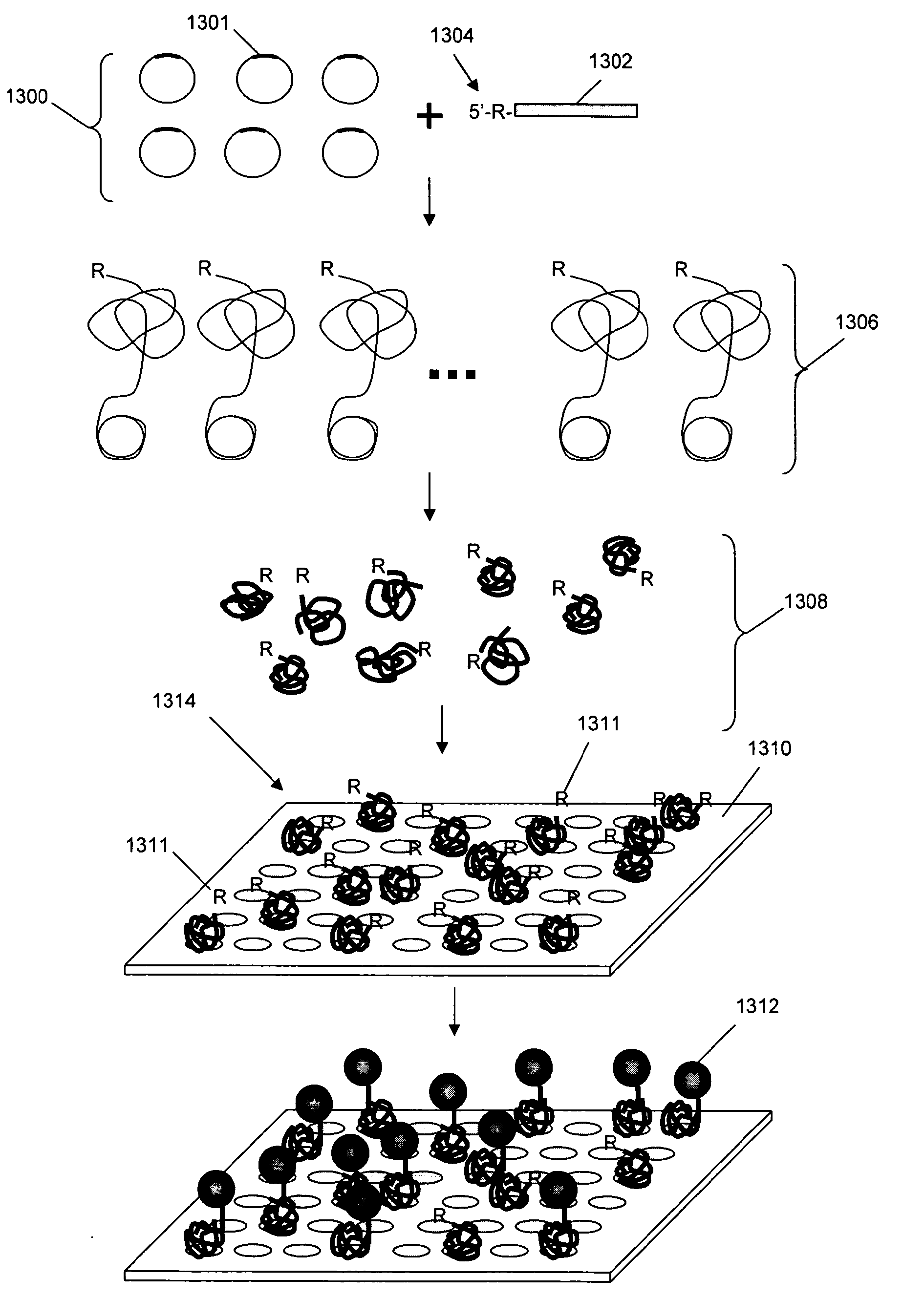
Leave a Reply